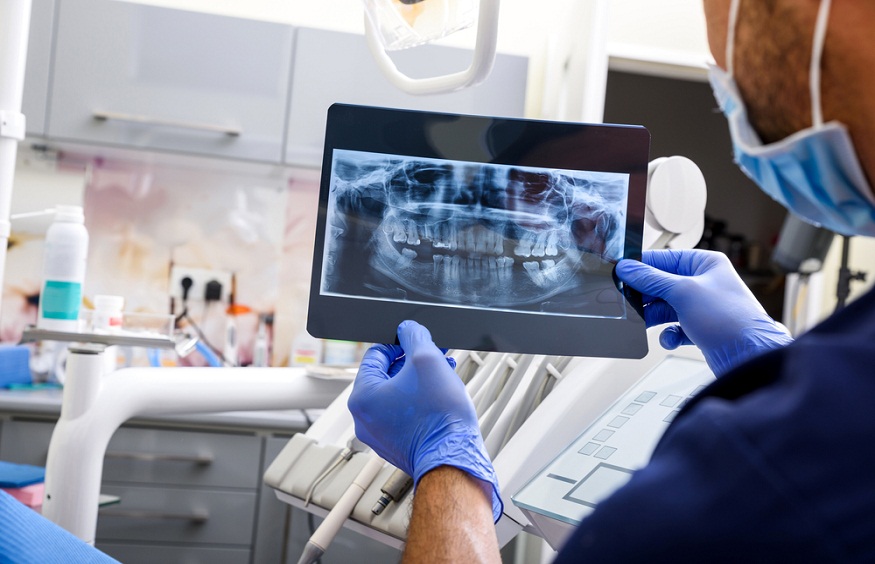Decoding dental X-rays isn’t as mysterious as it seems. These images reveal vital details about teeth and gums. They help dentists spot issues like cavities, infections, or bone loss. Think of them as a map guiding dental care. From conversations with general dentists, we’ve learned that X-rays are essential tools. They’re as important as walnut creek clear aligners in creating a healthy smile. Let’s explore the insights these images provide.
Why Are Dental X-Rays Important?
Dental X-rays are not just routine. They play a key role in preventive care. X-rays help detect dental problems that are not visible during a regular exam. Here are three main reasons they are important:
- Spotting Decay: X-rays can show decay hidden between teeth or under fillings.
- Monitoring Bone Health: They reveal bone loss related to gum disease.
- Planning Treatments: X-rays help in planning dental procedures like implants or braces.
For more detailed information on the role of dental X-rays, check out the American Dental Association’s guide.
Types of Dental X-Rays
There are different types of dental X-rays, each serving a unique purpose. Below is a simple table illustrating the common types:
| Type of X-Ray | Purpose |
| Bitewing | Detects decay between teeth |
| Periapical | Shows the entire tooth to detect issues below the gum line |
| Panoramic | Gives a broad view of the jaws, teeth, and sinuses |
Understanding these X-rays can help in appreciating their role in dental care. For additional insights, explore the MedlinePlus resource on dental X-rays.
Safety and Frequency
Many worry about the safety of X-rays. However, dental X-rays use low radiation levels. Dentists take great care to minimize exposure. Here are three points about X-ray safety:
- Lead Aprons: Patients wear lead aprons to protect vital organs.
- Digital X-Rays: Modern technology reduces radiation.
- Professional Guidelines: Dentists follow strict guidelines on X-ray frequency.
As for frequency, it depends on individual needs. Those with a history of tooth decay or gum disease may need them more often. Regular check-ups help determine the right schedule.
Decoding the Images
Interpreting X-ray images requires expertise. Dentists look for signs of decay, bone loss, or abnormal growth. They assess the alignment of teeth and jaw. This detailed analysis aids in the early detection of problems.
For example, spotting a small cavity on an X-ray means treatment can start before it worsens. Similarly, identifying bone loss can lead to interventions that prevent further damage.
Conclusion
Dental X-rays are indispensable in maintaining oral health. They uncover hidden issues and guide treatment. Understanding their importance and the types of X-rays can enhance trust in dental care. While safety is a common concern, modern practices ensure that X-rays are safe and beneficial.
Next time you’re at the dentist, remember the crucial role these images play. They’re more than just pictures—they’re tools for achieving a healthier smile.

